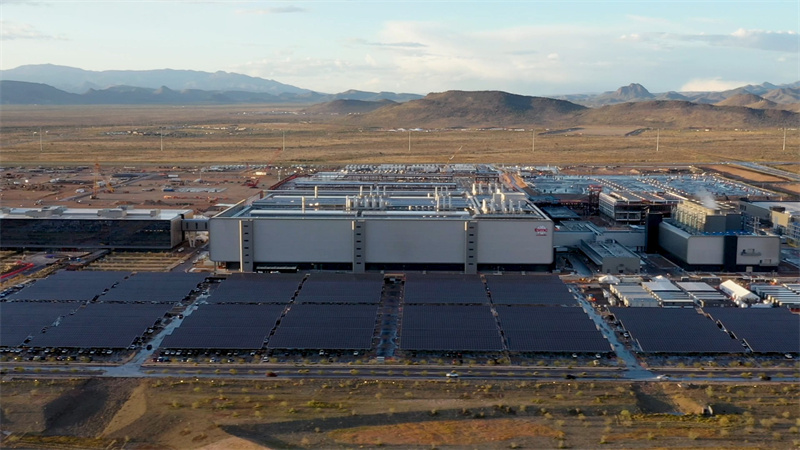Taiwan Semiconductor Manufacturing Co. (TSMC) reported a net profit of NT$398.3 billion ($12.4 billion) in the second quarter of 2024, marking a 60.7% year-on-year increase and setting a record gross margin of 58.6%. For the first time, its Arizona fab contributed a meaningful profit, while its Japanese joint venture JASM continued to post losses.
According to the company's earnings report, TSMC Arizona delivered net income of NT$4.23 billion in the second quarter, generating NT$6.45 billion in investment income for its parent. Though this accounted for just 1.6% of TSMC's total quarterly profit, the milestone was reached within three quarters of the fab's ramp-up — a sharp contrast to JASM, which recorded a NT$4.52 billion loss in the first half of the year.
Industry analysts note that Arizona's P1 facility, which began producing 4nm wafers in late 2023, has already achieved full utilization with capacity booked by customers such as Apple and AMD. With monthly output of roughly 30,000 wafers, strong demand and premium pricing helped the site achieve profitability despite higher labor and construction costs. Subsidies under the U.S. CHIPS Act also softened the investment burden.
By comparison, JASM's first fab in Kumamoto is struggling with utilization of only about 50%, reflecting intense competition in mature nodes. Despite subsidies from the Japanese government, weak automotive and consumer electronics markets have hindered profitability. Plans for JASM's second fab, originally targeted at 6nm production by 2027, appear to be slowing as customers migrate toward more advanced technologies in Taiwan and the U.S.

TSMC has committed over $165 billion in the U.S., where construction of additional Arizona fabs is underway. The P2 plant, focused on 3nm production, has completed construction and is expected to begin equipment move-in by late 2025, while the P3 fab recently broke ground. The company is also planning two advanced packaging plants, including the U.S.'s first facility with SoIC integration, scheduled to begin construction in 2026.
Analysts say U.S. expansion is strategically aligned with customer demand. AMD has confirmed its next-generation "Venice" processors will use 2nm technology at Fab 21, while Tesla CEO Elon Musk revealed that TSMC will produce its new AI5 chips, initially in Taiwan and later in Arizona. However, U.S. Treasury official Scott Bessent recently noted that TSMC's Arizona fabs will cover only about 7% of U.S. semiconductor demand, underscoring the scale of America's supply gap.
Meanwhile, TSMC's advanced packaging capacity remains a global bottleneck. With AI server demand driving unprecedented orders, CoWoS production is fully booked, and delays at the company's Chiayi facility have exacerbated shortages. Nvidia, AMD, and Broadcom are competing for limited slots, with Nvidia reportedly securing more than half of TSMC's CoWoS capacity.
While TSMC's Arizona breakthrough has boosted investor confidence, concerns linger in Taiwan. Some shareholders worry that talent and capital are flowing disproportionately to the U.S., leaving domestic fabs vulnerable to disruptions and slowing R&D. Still, TSMC Chairman Mark Liu has reiterated that overseas expansion follows customers, and that the U.S. remains central to the company's long-term growth strategy.
+86 191 9627 2716
+86 181 7379 0595
8:30 a.m. to 5:30 p.m., Monday to Friday
